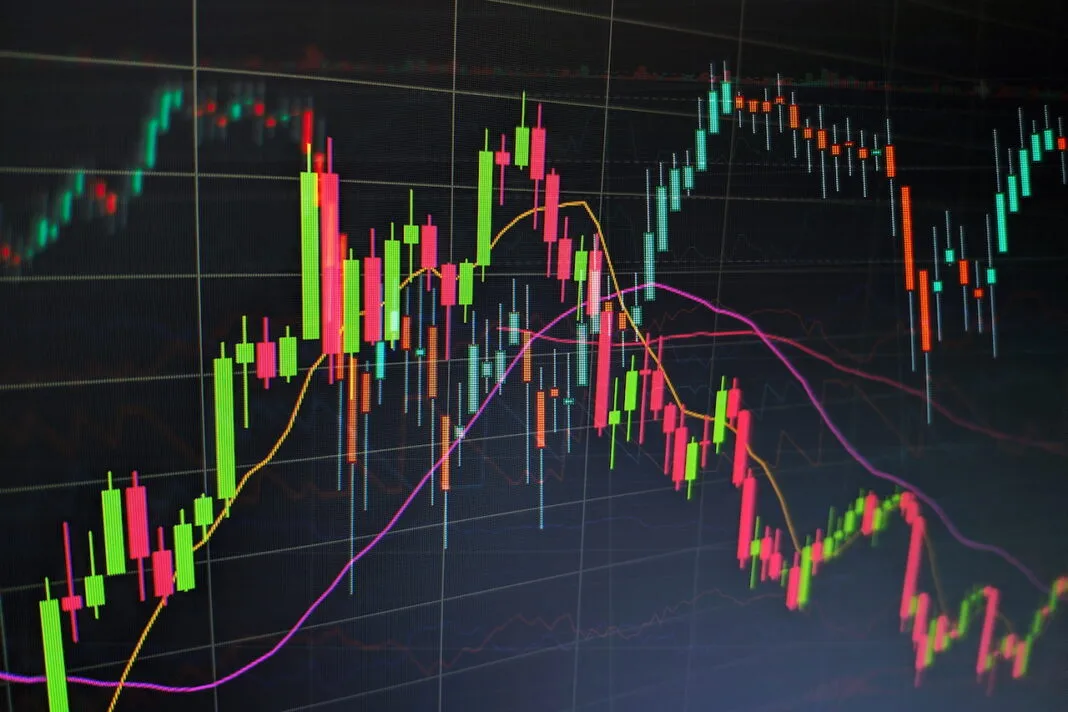Algorithmic Spot Trading in Cryptocurrency - An In-Depth Guide
Sat Jun 17 2023
Spot Markets are a foundational element of financial markets. Learn how they compare against Margin, and Futures markets and what advantages they hold.

Spot trading, one of the foundational elements of financial markets, it is also a crucial component in algorithmic cryptocurrency trading. This method involves the immediate purchase or sale of financial instruments, like cryptocurrencies, on a spot market.
Breaking Down the Spot Market
A spot market, also known as a cash market, serves as the arena where immediate trades are made, and the delivery of assets is often instant. Payments are made upfront, hence the name ‘cash market’. The transactions facilitated by exchanges can take various forms depending on the asset being traded.
At its core, spot trading revolves around making a profit by acquiring assets with the expectation of their value rising. Traders, utilizing their cryptocurrency trading bots, buy assets on the spot market, and then sell them at a higher price when the value increases. This spot price is the current market price of an asset. A reverse strategy, known as shorting, involves selling assets and repurchasing them when the price drops.
The Different types of Financial Markets
One of the unique aspects of spot markets is the immediacy of trades and delivery, distinguishing them from futures markets where trades are contracted to be paid at a future date. In futures trading, a buyer and seller agree upon a certain price for a specific quantity of goods, settling the transaction on a future date, usually in cash rather than through the actual delivery of assets.
Spot trading shouldn’t be confused with margin trading, even though the latter can be available on some spot markets. Margin trading lets traders borrow funds, opening up larger positions that can yield significant profits. However, this amplified profit potential also means amplified potential losses. As a result, traders need to manage their risk carefully to avoid losing their initial investment.
Over-the-counter trading, or OTC trading, is another method used within the realm of spot trading. This process involves direct trading of financial assets and securities between brokers, traders, and dealers. Spot trading on the OTC market can be conducted via various means of communication, such as phone calls and instant messaging.
Pros and Cons of Spot Trading
As straightforward as it may seem, spot trading has its own set of advantages and drawbacks. On the upside, it boasts transparent pricing, simple rules, and flexibility to enter or exit trades at will. However, it also has downsides, such as dealing with less liquid assets and possibly lower gains compared to futures or margin trading.
Final Thoughts
Spot trading, especially on an algorithmic cryptocurrency trading platform, provides an accessible entry point for beginners in trading. While simple to grasp, it’s important to combine this knowledge with technical, fundamental, and sentiment analysis to effectively minimize risks.